Hand Dryers and Net-Zero
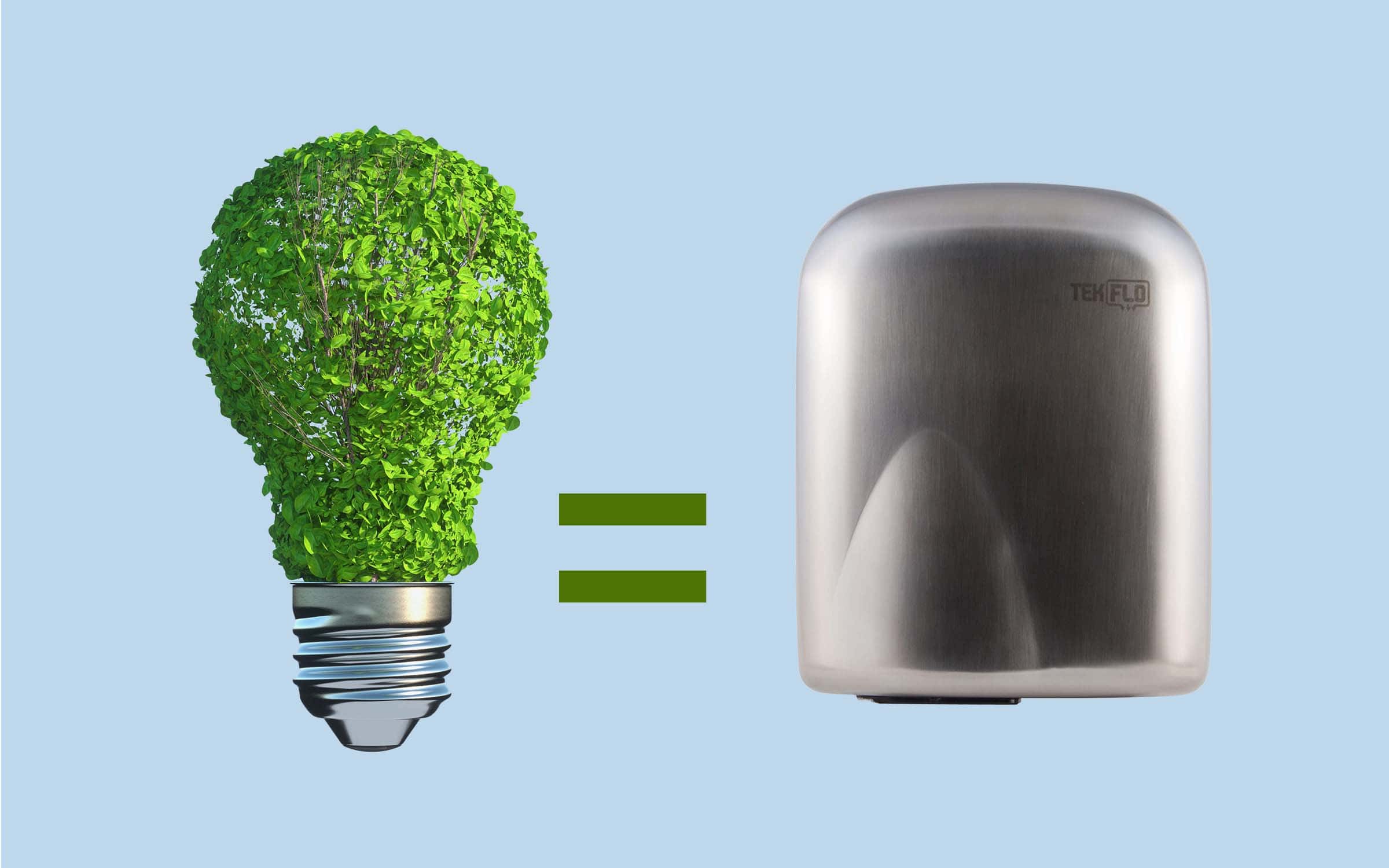
In the pursuit of sustainability, businesses and organizations are increasingly focusing on reducing their carbon footprints and achieving net-zero targets. One area that can be overlooked in these efforts is the choice and use of hand dryers in public and workplace restrooms. Hand dryers, especially when chosen and used effectively, can play a significant role in reducing energy consumption and minimising waste while contributing to broader sustainability goals.
Where Do Hand Dryers Fit In?
Many companies have the goal of achieving net-zero carbon emissions by 2030. This requires comprehensive strategies across all aspects of business operations, including energy use in everyday facilities like restrooms.
Hand dryers, particularly modern, energy-efficient models, offer a significant opportunity to reduce energy consumption and waste. When compared to traditional paper towels, hand dryers produce lower carbon emissions over their lifecycle. By selecting the best hand dryers and promoting their proper use, businesses can contribute to their sustainability targets while also enhancing operational efficiency.
Choosing Energy-Efficient Hand Dryers
The first step in using hand dryers to support your net-zero goals is selecting energy-efficient models. Advances in technology have led to the development of hand dryers that use less energy while delivering powerful, fast drying. Here are some key factors to consider:
- Power Consumption: Look for hand dryers that have low wattage but still offer effective drying. Some models are designed to operate on as little as 400 watts, significantly reducing energy use compared to older, higher-wattage dryers.
- Drying Time: The faster the drying time, the less energy consumed per use. High-speed hand dryers can dry hands in as little as 9 seconds, making them not only more convenient for users but also more energy-efficient.
- Smart Technology: Some hand dryers incorporate smart features such as adjustable power settings, motion sensors, and automatic shut-off mechanisms. These features ensure that the dryer only uses energy when necessary, further reducing consumption.
- Lifecycle Impact: Consider the overall environmental impact of the hand dryers, including their production, use, and disposal. Energy-efficient models with longer lifespans will contribute less to your carbon footprint over time.
By choosing the right hand dryers, businesses can significantly cut down on energy use in their restrooms, contributing directly to net-zero targets.
Best Practices for Using Hand Dryers Efficiently
Once energy-efficient hand dryers are installed, it’s essential to use them correctly to maximise their benefits. Here are some best practices to ensure that hand dryers are used efficiently:
- Encourage Proper Use: Educate staff and visitors on the right way to use hand dryers. Encourage them to shake off excess water from their hands before using the dryer, as this reduces the drying time required. Proper hand positioning under the airflow also ensures that hands are dried quickly and thoroughly, reducing energy use.
- Regular Maintenance: Keep hand dryers in good working condition with regular maintenance. Clogged filters or worn-out components can reduce efficiency, leading to longer drying times and higher energy consumption. Scheduled maintenance ensures that dryers operate at peak efficiency.
- Optimise Settings: If your hand dryers have adjustable settings, optimise them for your specific needs. For instance, if you operate in a low-traffic area, you may be able to reduce the power setting to save energy. Conversely, in high-traffic restrooms, using a higher setting might be more efficient overall by reducing drying times and preventing bottlenecks.
- Reduce Idle Time: Ensure that hand dryers are positioned where they can be used easily, minimising the time they remain idle while powered on. Smart dryers with motion sensors help by turning off automatically when not in use.
By implementing these practices, businesses can ensure that hand dryers operate efficiently, further contributing to energy savings and supporting net-zero initiatives.
Hand Dryers vs. Alternative Drying Methods
When considering the environmental impact of hand dryers, it’s also important to compare them to alternative drying methods. The production and disposal of paper towels, for instance, involve significant environmental costs, including deforestation, energy consumption, and waste generation. In contrast, hand dryers produce no physical waste and, with modern energy-efficient models, their energy use is relatively low.
A lifecycle analysis comparing the carbon footprint of paper towels and hand dryers shows that hand dryers generally have a lower environmental impact. By opting for hand dryers and encouraging their use over paper towels, businesses can reduce waste, lower their carbon emissions, and make meaningful progress toward net-zero targets.
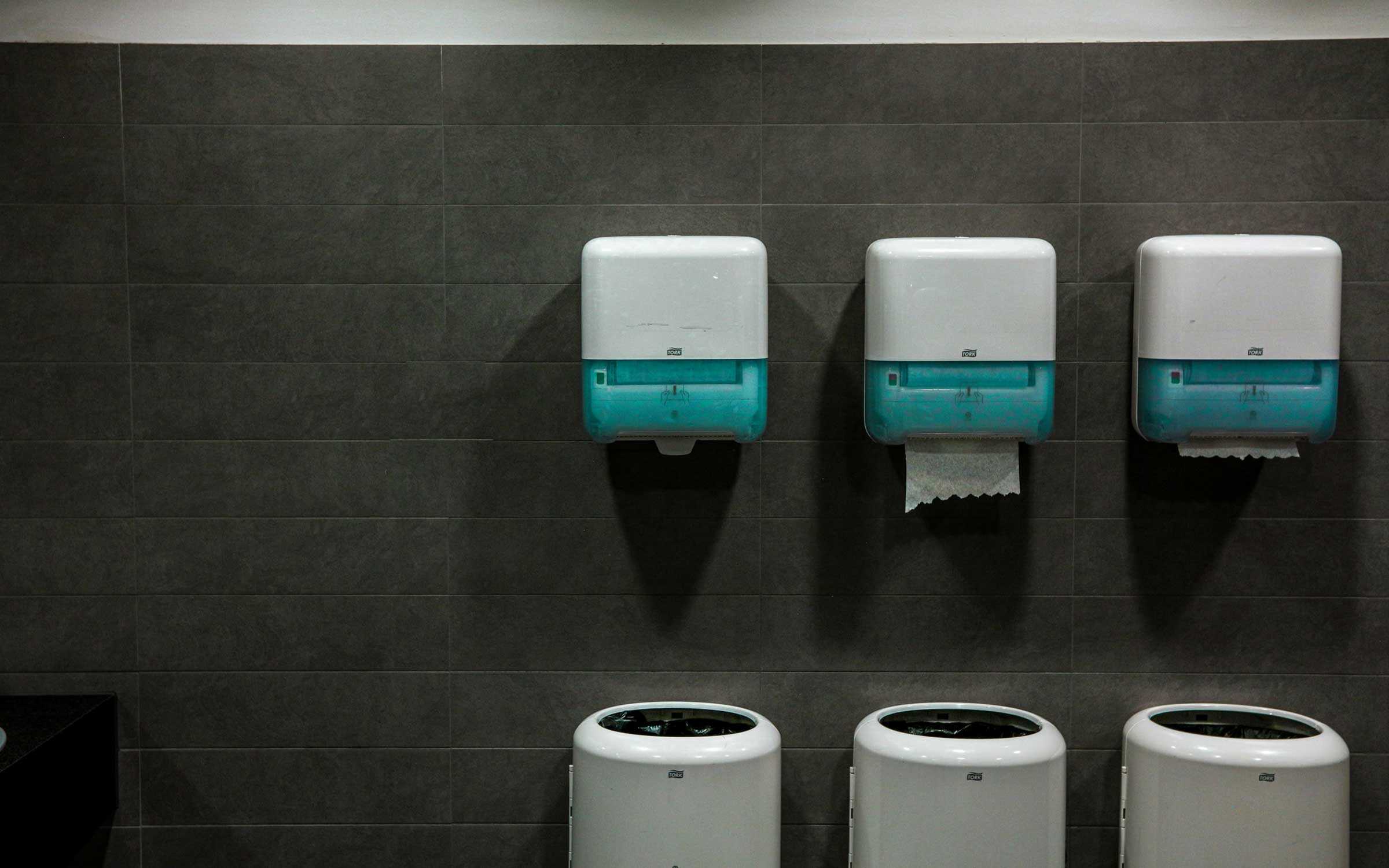
Monitoring and Reporting Impact
To effectively incorporate hand dryers into your net-zero strategy, it’s crucial to monitor and report their impact. Consider implementing the following steps:
- Track Energy Usage: Monitor the energy consumption of hand dryers in your facilities. External meters can be purchased as needed.
- Calculate Emissions Savings: Use data from energy monitoring to calculate the reduction in carbon emissions achieved through the use of energy-efficient hand dryers. Compare this with the emissions that would have resulted from alternative drying methods, such as paper towels.
- Incorporate into Sustainability Reports: Include the impact of hand dryers in your sustainability reports. Highlighting the role of efficient hand dryers in reducing energy use and waste can demonstrate your commitment to comprehensive sustainability practices.
- Set Improvement Goals: Based on your monitoring data, set goals for further reducing the energy consumption of hand dryers. This could involve upgrading to newer models, optimising usage patterns, or further educating staff on best practices.
By systematically monitoring and reporting the impact of hand dryers, businesses can quantify their contribution to net-zero targets and identify opportunities for further improvements.
In the quest for net-zero emissions, every aspect of business operations should be considered, including the seemingly small details like hand drying in restrooms. By choosing energy-efficient hand dryers, promoting their proper use, and integrating them into broader sustainability strategies, businesses can reduce their carbon footprint and make great strides toward their net-zero goals. Hand dryers may be a small part of the picture, but when used effectively, they can contribute to a cleaner, more sustainable future.
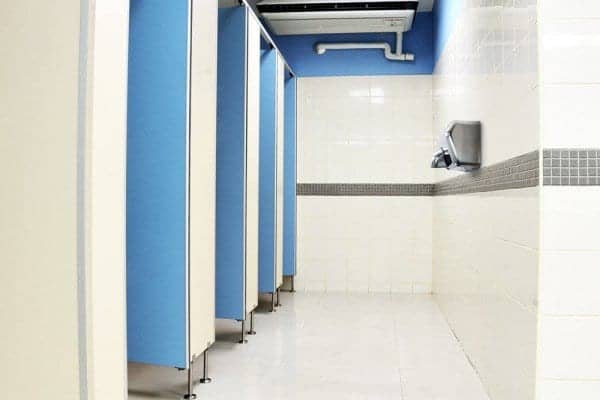
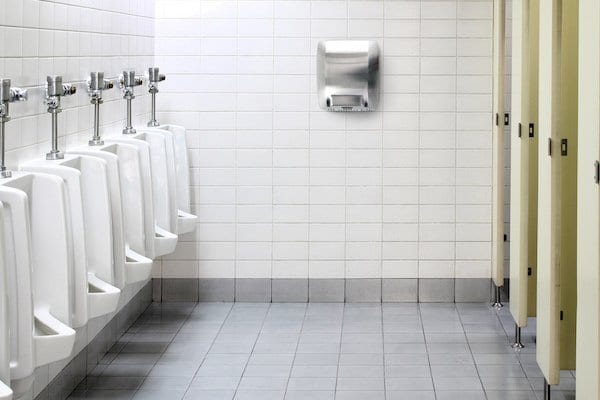
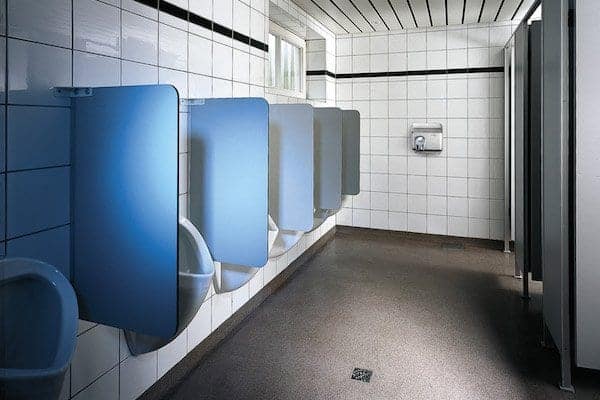
Need Further Support or Advice?
If you’ve still got questions that have not been answered here, or you would like additional advice,
support or assistance then please give one of our friendly experts a call and we’ll be happy to help.
Just give us a call on 01530 382 160.
